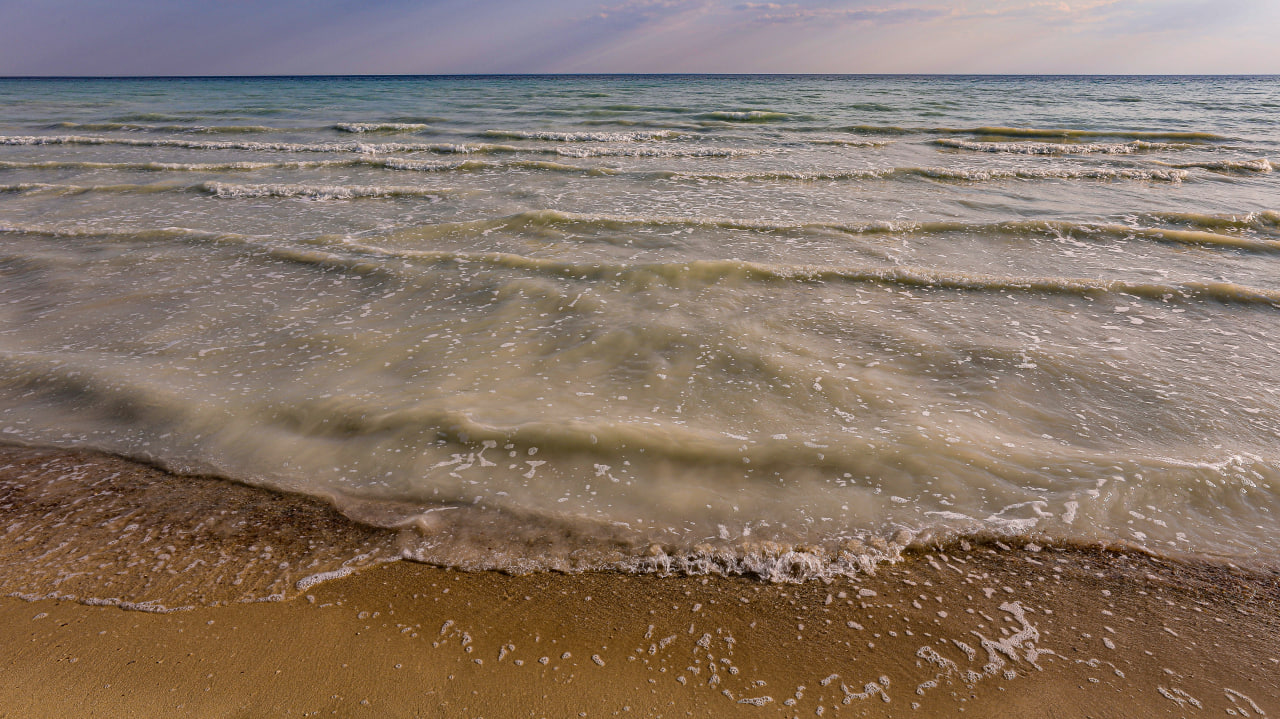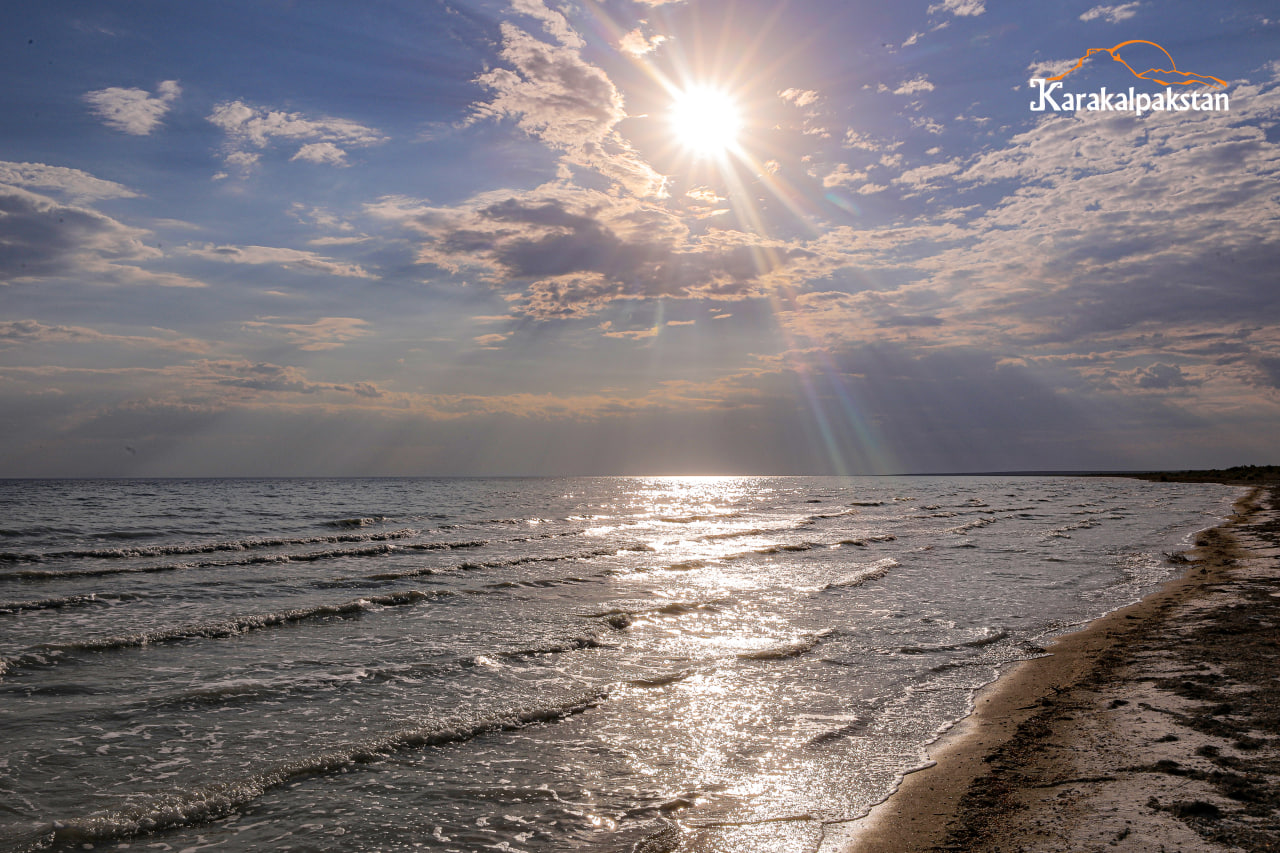 The closed saline Lake Sarykamysh, located on the transboundary territory of Uzbekistan and Turkmenistan, between the Caspian and Aral Seas, captivates with its unique natural landscape. Its name "Sarykamysh," derived from Turkic roots, translates to "yellow reed," beautifully conveying the essence of this remarkable corner of nature.
The closed saline Lake Sarykamysh, located on the transboundary territory of Uzbekistan and Turkmenistan, between the Caspian and Aral Seas, captivates with its unique natural landscape. Its name "Sarykamysh," derived from Turkic roots, translates to "yellow reed," beautifully conveying the essence of this remarkable corner of nature.
The lake stretches 120 kilometers in length and 40 kilometers in width, impressing with its vastness. The average depth of this mysterious body of water is 8.2 meters, while the deepest areas of the Sarykamysh basin plunge 40.5 meters below sea level, creating captivating underwater landscapes that lend the place a unique atmosphere of beauty. The northern, deep-water part of Lake Sarykamysh, located in Uzbekistan, covers an area of about 1,000 square kilometers, while the central and southern sections, totaling approximately 3,000 square kilometers, are situated in neighboring Turkmenistan.
Throughout its long history, Lake Sarykamysh has undergone several cycles of drying and filling, closely linked to the water inflow from the Amu Darya River. The last time the lake was connected to this river was about 150 years ago — in 1878. In 1963, collector-drainage waters were discharged into the Sarykamysh basin via the ancient channel of the Amu Darya, known as the Daryalyk Canal, significantly impacting the region's ecosystem.
Along the western and northeastern shores of the lake, the majestic cliffs of the southeastern Ustyurt rise up to 100 meters in height. Steep rock formations descend toward the water's surface, giving the lake's landscape a mesmerizing appearance. Steep rock formations descend to the surface of the water, giving the lake's landscape a mesmerizing appearance. Its main constituent rocks are rocky stony, in places limestone and gypsum.
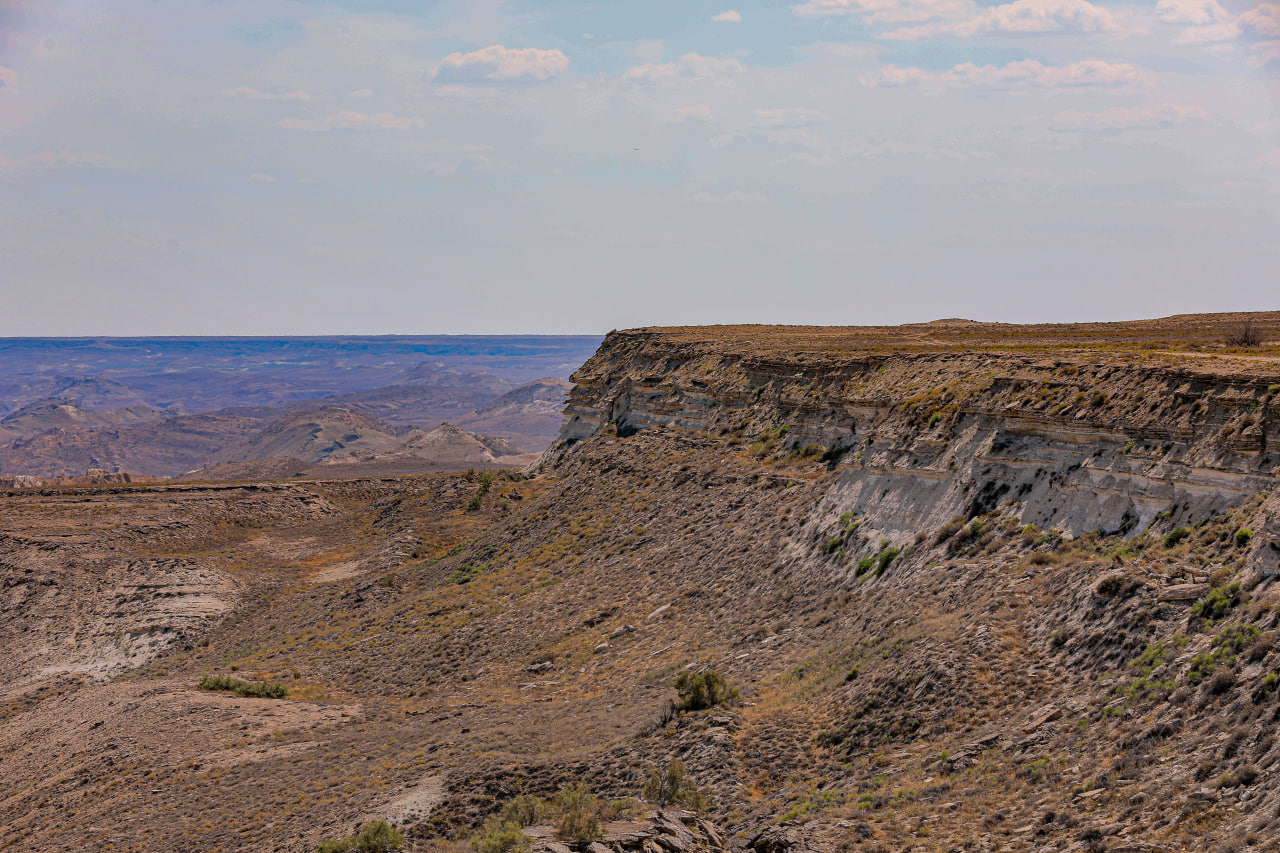
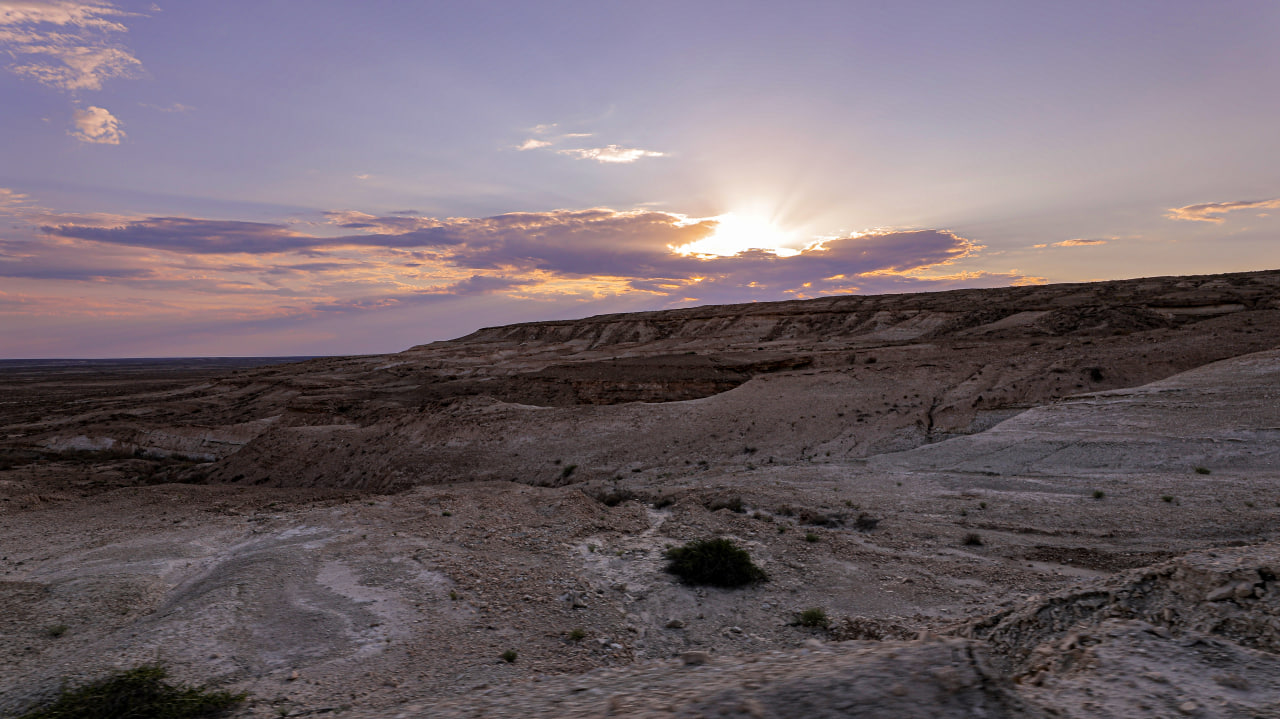 In this area, there is a significant population of gazelles; the estimated number of these graceful animals around the northern half of Lake Sarykamysh, located in Uzbekistan, ranges from 40 to 60 individuals.
In this area, there is a significant population of gazelles; the estimated number of these graceful animals around the northern half of Lake Sarykamysh, located in Uzbekistan, ranges from 40 to 60 individuals.
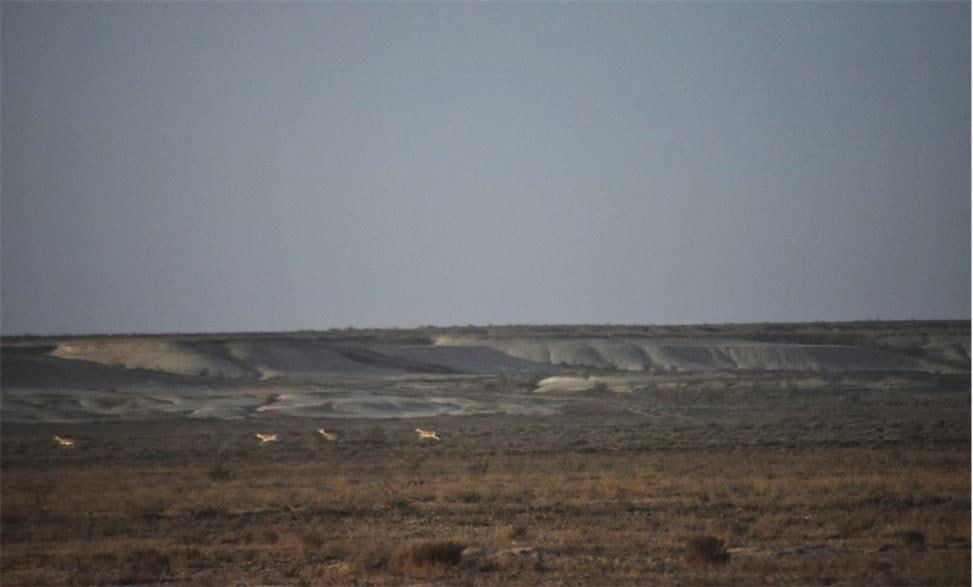 Key mammalian species of the Ustyurt Plateau include the saiga antelope, Tolai hare, and foxes.
Key mammalian species of the Ustyurt Plateau include the saiga antelope, Tolai hare, and foxes.
Thanks to favorable conditions that support the preservation of the ecosystem, there is a high diversity and abundance of reptiles in the area. Around Lake Sarykamysh, one can find the Central Asian tortoise, steppe agama, and speedy skink, all of which fit harmoniously into the unique landscape of the region.
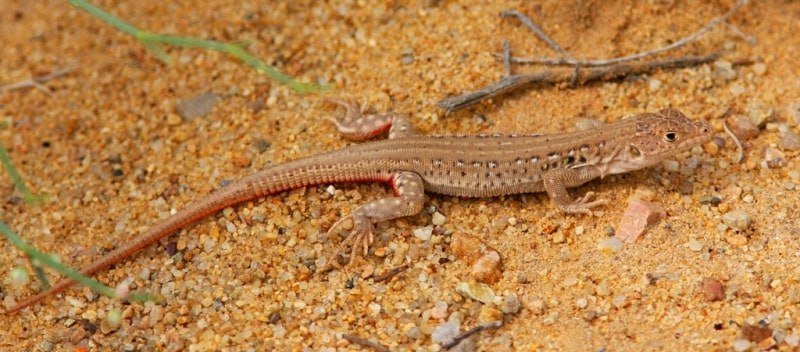 Lake Sarykamysh is a vital habitat for a variety of bird and fish species. Swans, magpies, spoonbills, pelicans, geese, ducks and, in recent years, flamingos live here.
Lake Sarykamysh is a vital habitat for a variety of bird and fish species. Swans, magpies, spoonbills, pelicans, geese, ducks and, in recent years, flamingos live here.
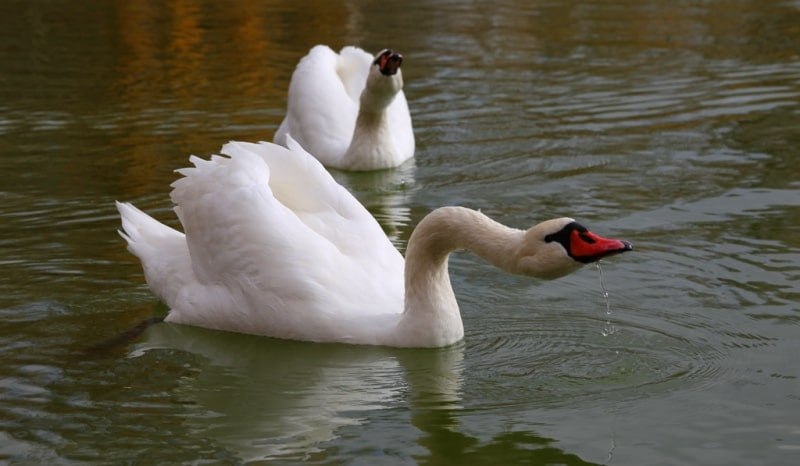
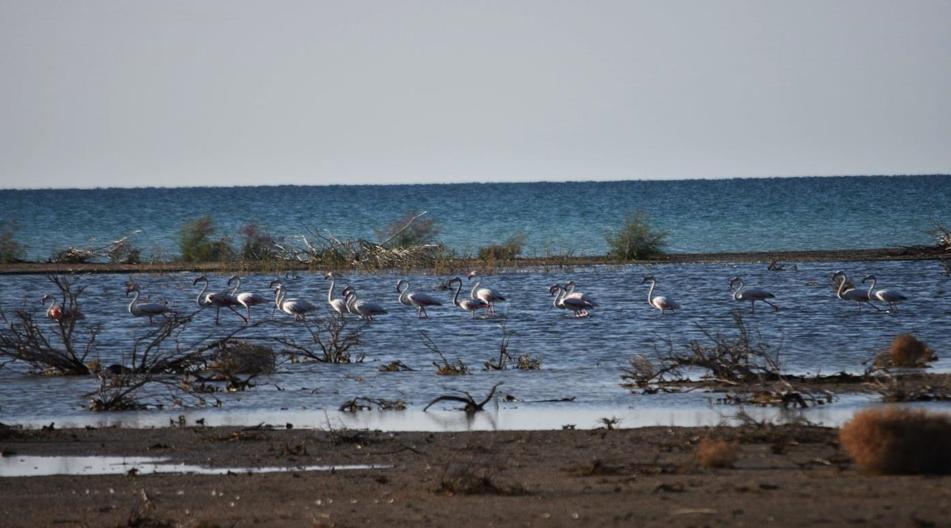 This place becomes a real refuge for diverse fauna, creating a living symphony of nature, where each species contributes to the ecosystem.
This place becomes a real refuge for diverse fauna, creating a living symphony of nature, where each species contributes to the ecosystem.
The fish population in the lake depends on the level of water mineralization. The part of the lake located on the Uzbekistan side is characterized by higher salinity and is primarily inhabited by shrimp, which serve as the main food source for adult fish. On the Turkmenistan side, the water is fresher, making it a habitat and spawning ground for species such as carp, catfish, silver carp, pike perch, and crucian carp. Adult fish migrate to the more saline part of the water body for feeding.
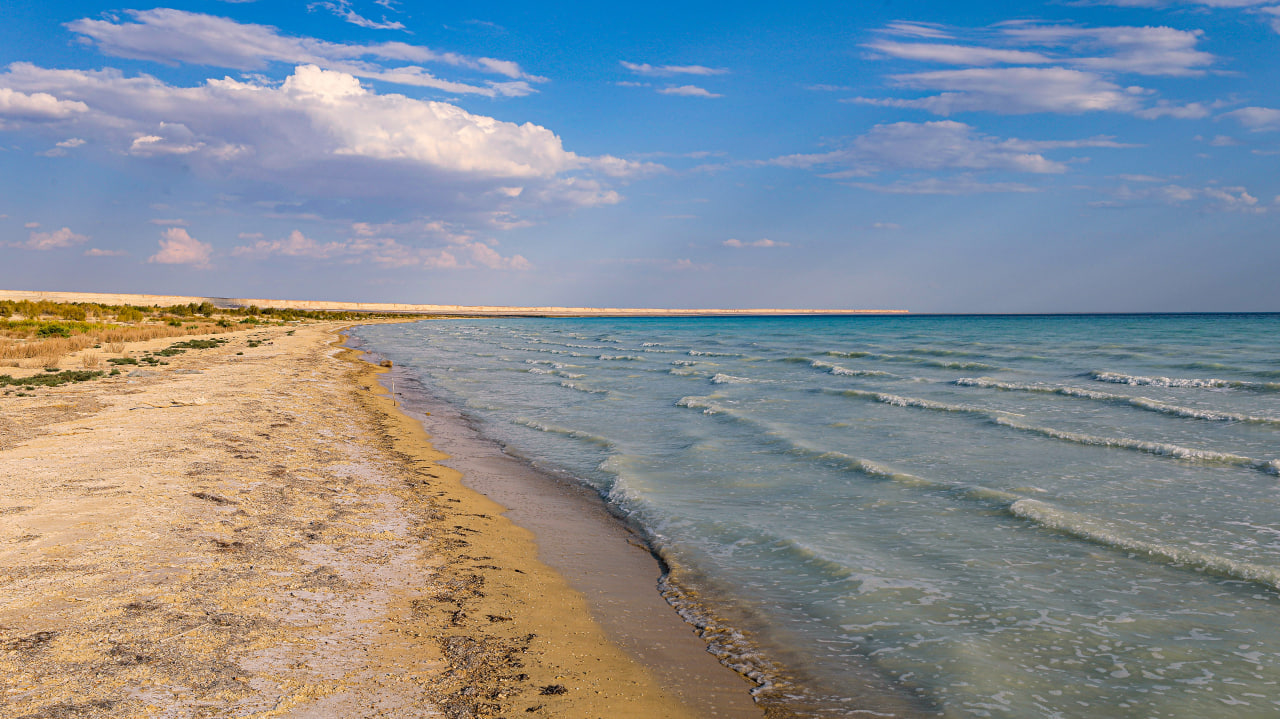 Lake Sarykamysh captivates with its stunning beauty, leaving unforgettable impressions in the heart. The majestic expanses of water, merging waters blend seamlessly with the horizon, creating a sense of infinity and tranquility. In this picturesque corner of nature, far removed from the noisy pace of everyday life, it is easy to immerse oneself in the atmosphere of pristine harmony and the grandeur of the surrounding world, drawing inspiration for new endeavors.
Lake Sarykamysh captivates with its stunning beauty, leaving unforgettable impressions in the heart. The majestic expanses of water, merging waters blend seamlessly with the horizon, creating a sense of infinity and tranquility. In this picturesque corner of nature, far removed from the noisy pace of everyday life, it is easy to immerse oneself in the atmosphere of pristine harmony and the grandeur of the surrounding world, drawing inspiration for new endeavors.
